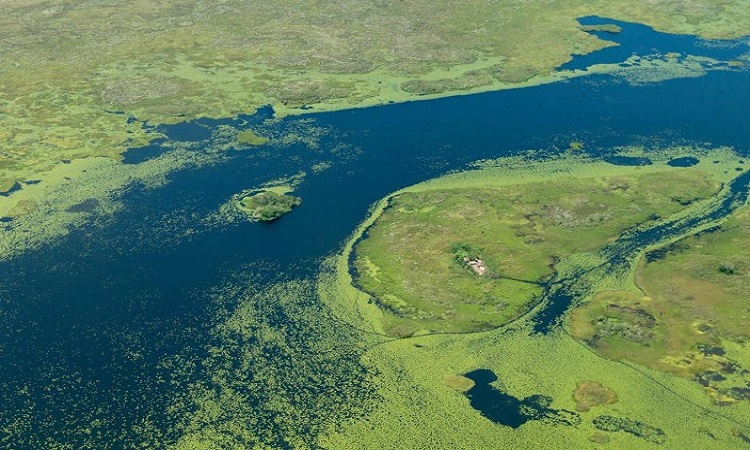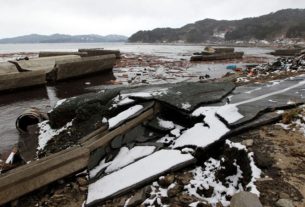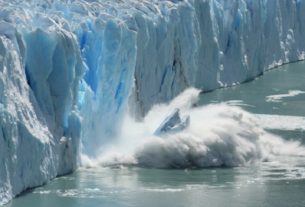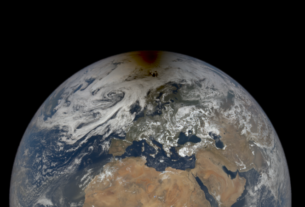Methane (CH4) currently contributes up to 20% of anthropogenic global warming. However, a study maintains that the changes observed since 2010 in the rate of increase in methane are mainly linked to emissions from tropical continents. The results were published in the journal Nature Communications on March 16.
Remember that since the beginning of the industrial revolution, the atmospheric concentration of methane has more than doubled. Indeed, it has increased from some 720 ppb (parts per billion) in 1850 to nearly 1900 ppb in 2021. The rate of increase of this gas is not, however, as regular as that of carbon dioxide (CO2 ) or nitrous oxide (N2O).
While concentrations stagnated between 2000 and 2006, methane rose sharply in 2007 with an acceleration in 2013. In a new study, researchers have focused on the factors responsible changes in pace observed between 2010 and 2019.
Acceleration of the rise in methane: a dominant role of tropical continents
The work is based on the analysis of satellite observations and maintains that more than 80% of the reported variations are attributable to emissions from the intertropical zone. More specifically, it is the continental surfaces that have released an increasing amount of methane over the past decade.
Africa is the continent with the greatest contribution, followed by South America and India. Although it is still too early to know if this is a climate feedback, i.e. an increase in natural emissions induced by global warming, the researchers note that the temperature and precipitation favorable to methane emissions are expected to increase in the future, especially in Africa.
“On the scale of twenty years, the warming effect of CH4 is 84 times greater than that of CO2”, underlines Liu Yi, one of the co-authors of the study. Careful and continuous monitoring of methane emissions is therefore a necessity, especially given the complexity of the sources and sinks that regulate its atmospheric concentration.

Email: mary@satprwire.com Phone: +44 20 4732 1986
Marry is a fitness freak in every manner and gives proper care about her health and of others. She is probably the best person we have at Daily Research News for covering articles from the Health sector. If not at work, she can be seen drinking a cup of coffee.



